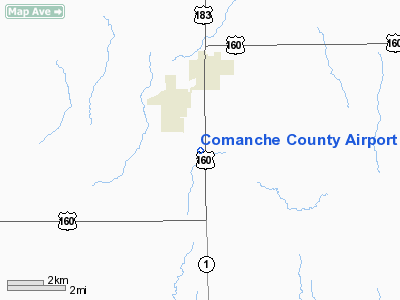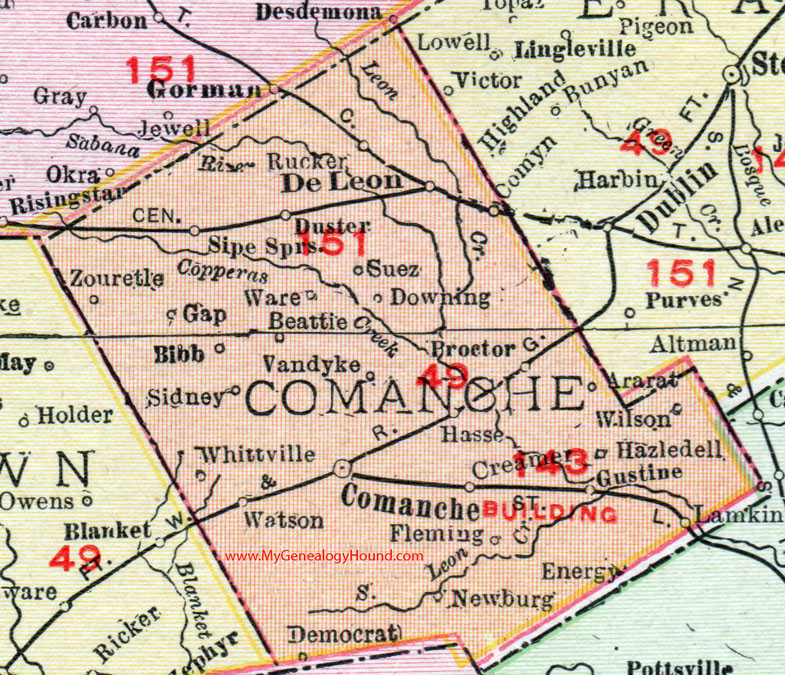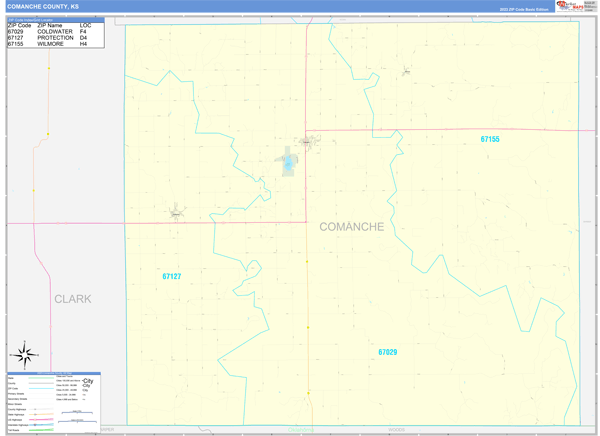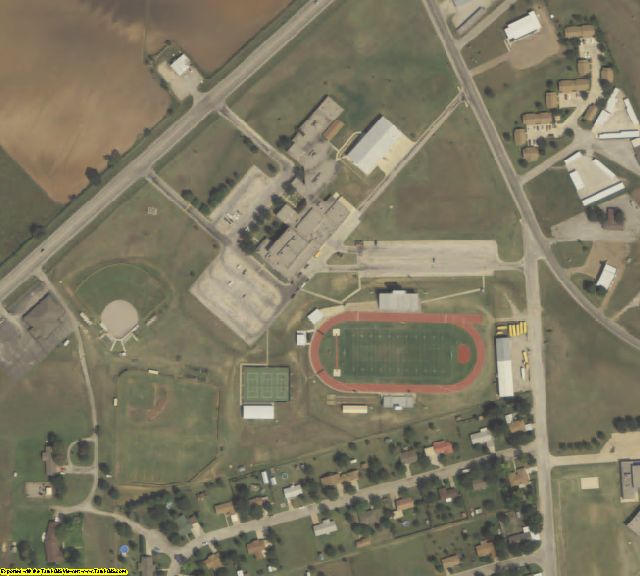
Texas Wildfires, Incident Period: Mato September 01, 2008, Emergency Declared EM-3284: March 14, 2008, FEMA Id: 3284, Natural disaster type: Fire.Texas Severe Storms, Tornadoes, Straight-line Winds, and Flooding, Incident Period: to June 23, 2015, Major Disaster (Presidential) Declared DR-4223: May 29, 2015, FEMA Id: 4223, Natural disaster type: Storm, Tornado, Flood, Wind.Texas Severe Storms and Flooding, Incident Period: to June 24, 2016, Major Disaster (Presidential) Declared DR-4272: June 11, 2016, FEMA Id: 4272, Natural disaster type: Storm, Flood.Texas Severe Storms And Flooding, Incident Period: SeptemNovember 2, 2018, FEMA Id: 4416, Natural disaster type: Storm, Flood.



On at 11:46:54, a magnitude 5.3 (4.4 MB, 4.6 UK, 5.3 ML, Class: Moderate, Intensity: VI - VII) earthquake occurred 147.9 miles away from Comanche County center On at 03:53:10, a magnitude 5.7 (5.7 MW, Depth: 3.2 mi) earthquake occurred 267.0 miles away from the county center On at 12:02:44, a magnitude 5.8 (5.8 MW, Depth: 3.5 mi) earthquake occurred 321.8 miles away from the county center On at 00:32:56, a magnitude 5.7 (5.6 MB, 5.7 MS, 5.7 MW, Depth: 11.1 mi) earthquake occurred 307.6 miles away from the county center On at 12:24:41, a magnitude 4.8 (4.8 MW, Depth: 3.1 mi, Class: Light, Intensity: IV - V) earthquake occurred 216.9 miles away from Comanche County center On at 11:45:35, a magnitude 5.0 (4.6 MB, 5.0 LG, Depth: 3.1 mi) earthquake occurred 266.9 miles away from the county center Magnitude types: regional Lg-wave magnitude (LG), body-wave magnitude (MB), local magnitude (ML), surface-wave magnitude (MS), moment magnitude (MW) Most recent natural disasters: Land in orchards: 15,694 acres Earthquake activity: Comanche County-area historical earthquake activity is significantly above Texas state average. Milk cows as a percentage of all cattle and calves: 20.91%Īll wheat for grain: 3772 harvested acres The percentage of farms operated by a family or individual: 92.16%Īverage age of principal farm operators: 58 yearsĪverage number of cattle and calves per 100 acres of all land in farms: 20.69 Irrigated harvested cropland as a percentage of land in farms: 19.47%Īverage market value of all machinery and equipment per farm: $49,280 Harvested cropland as a percentage of land in farms: 18.87% The value of livestock, poultry, and their products as a percentage of the total market value of agricultural products sold: 85.72%Īverage total farm production expenses per farm: $64,422 The value of nursery, greenhouse, floriculture, and sod as a percentage of the total market value of agricultural products sold: 0.78% In fact, the different nations or bands within the Comanche political structure made their own policies and decisions based on their own needs, without any sort of central authority like a president or a king.Agriculture in Comanche County: Average size of farms: 402 acresĪverage value of agricultural products sold per farm: $75,823Īverage value of crops sold per acre for harvested cropland: $142.74 While there were at times a single "great chief" acknowledged by the others, it was not a formal position and didn't change the fact that the Comanches governed themselves via a council where representatives had a vote, not any sort of monarchy. These bands would then combine informally into a tribe or nation, but this was based on mutual need or advantage.Ĭomanche government was therefore very council-based, with elders gathering on a formal and informal basis to discuss issues and come to decisions.

Sometimes these bands could be hundreds strong, and the elder patriarch was usually referred to as a chief. As historian Thomas Kavanagh explains, the Comanche Nation was divided into "bands," which were centered on a patriarch and usually comprised of extended relatives. Despite having a few famous Chiefs of their own, the Comanches were not this organized or unified.


 0 kommentar(er)
0 kommentar(er)
